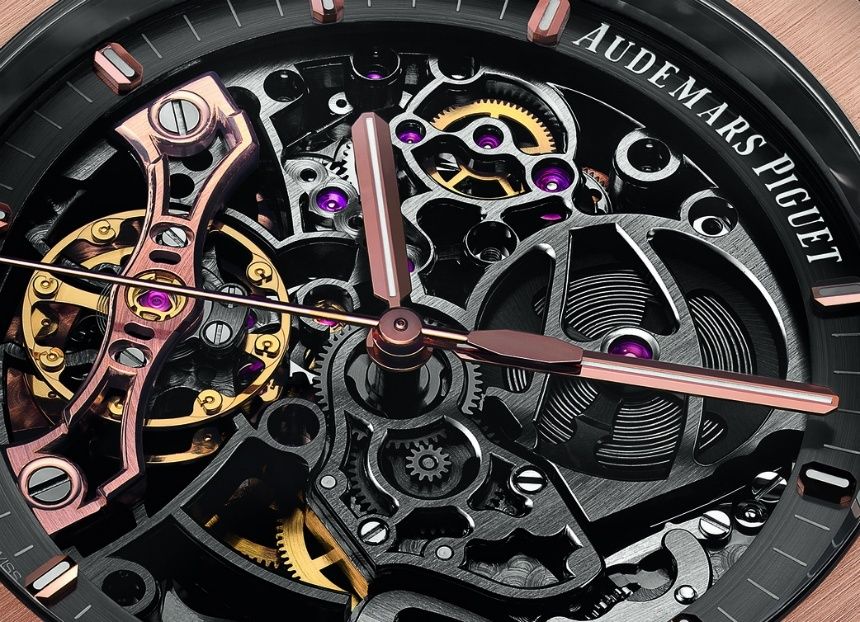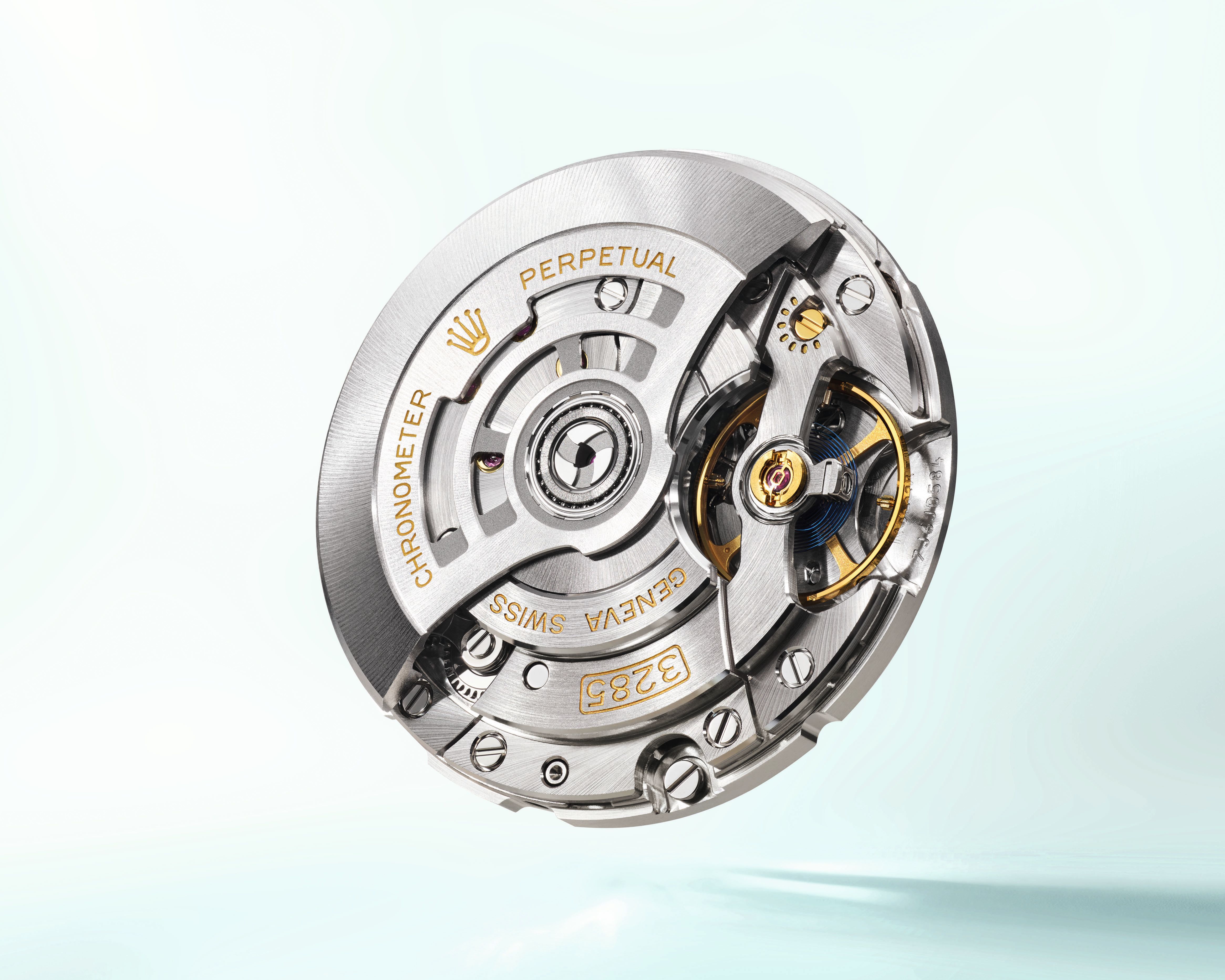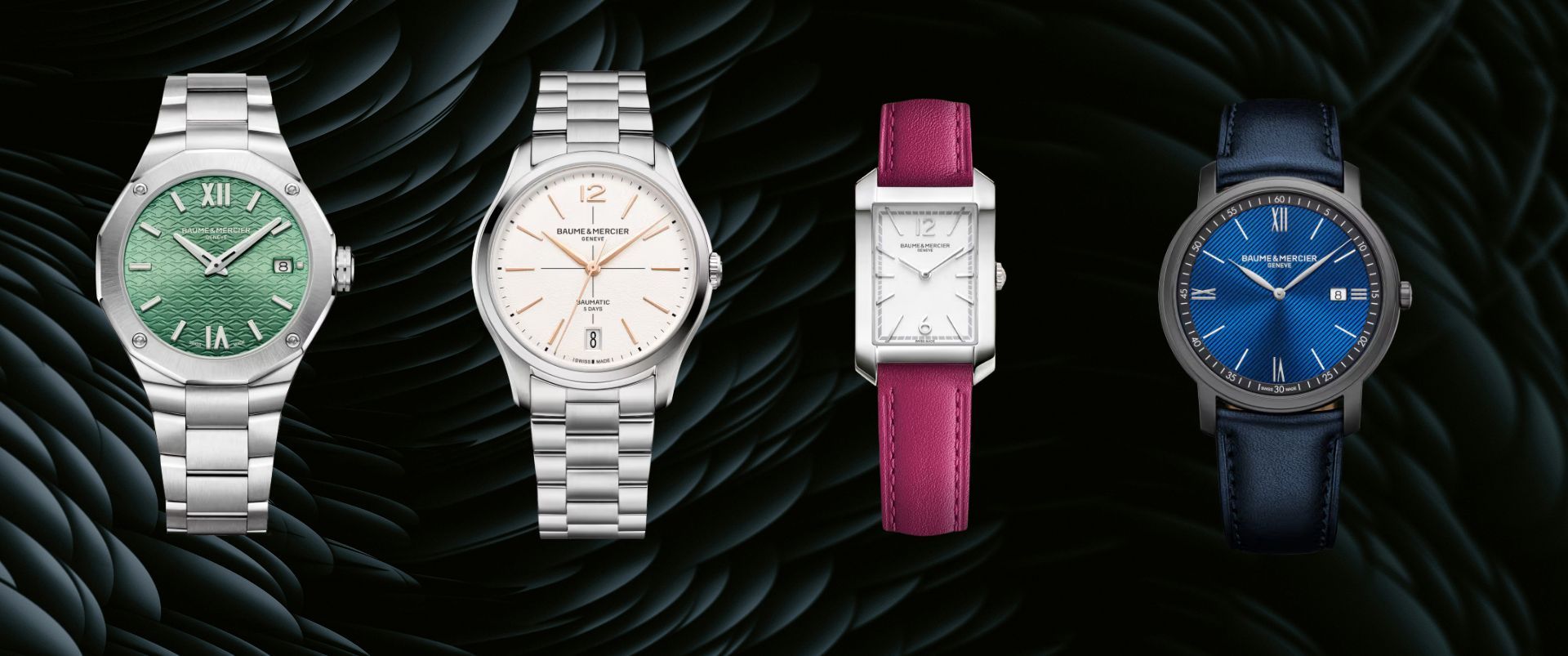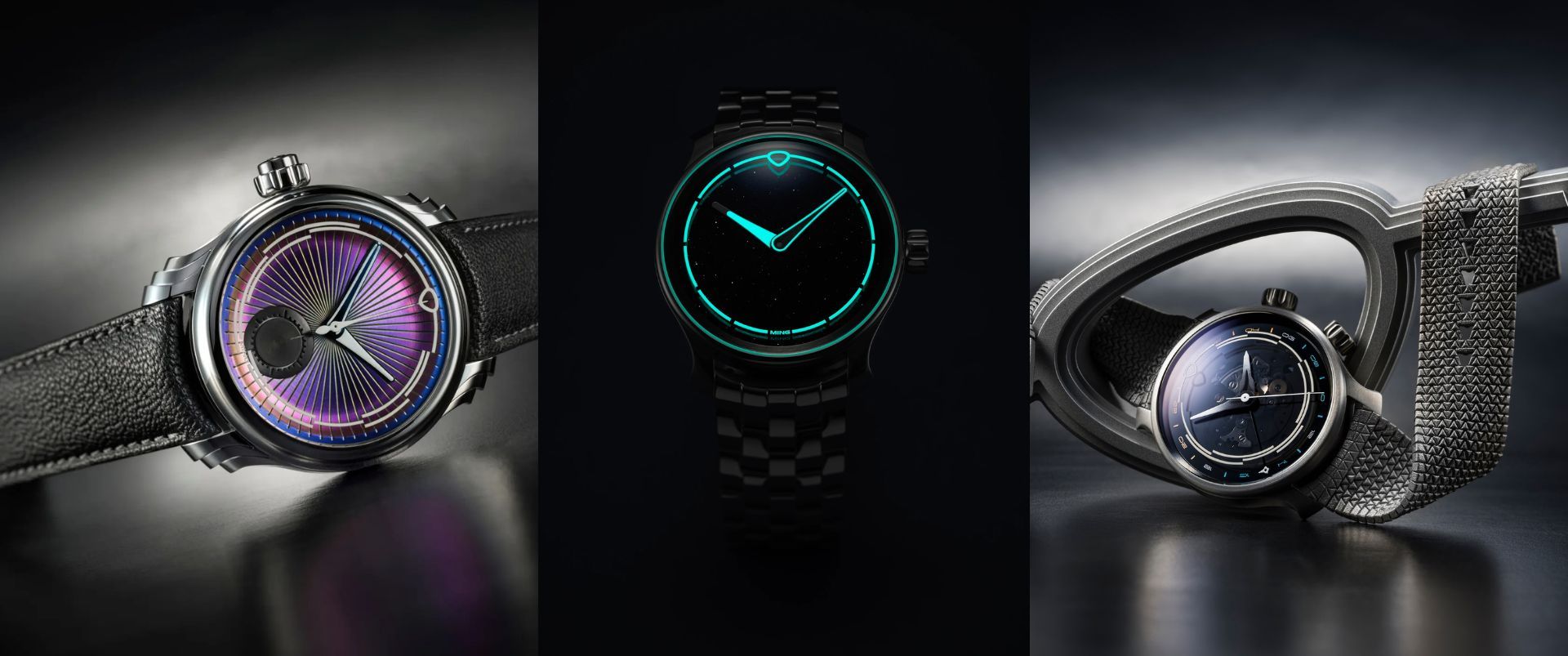Know Your Watches: Watch Glossary
For newcomers and seasoned enthusiasts alike, the world of watch terminology can seem overwhelming. From technical parts to specific complications, understanding these terms is key to fully appreciating horology. This A to H glossary will introduce you to some essential watch terms that can enhance your knowledge and deepen your enjoyment of timepieces.
Aperture
An aperture is a small, often rectangular or round opening on the watch dial, displaying essential information such as the date, day, or month. This feature enhances readability without requiring additional sub-dials.
Automatic Movement
Automatic, or self-winding, movements harness the wearer’s wrist motion to wind the watch’s mainspring. Unlike manual watches that require winding by hand, automatic watches rely on a rotor inside the movement to keep the watch powered.
Balance Wheel
A critical component of a mechanical watch, the balance wheel oscillates back and forth, regulating the movement’s accuracy. The steady “tick-tock” sound of a watch is thanks to the balance wheel’s rhythm.

Bezel
The bezel is the ring surrounding the watch’s crystal, often made of metal or ceramic. Bezels can be stationary or rotating and may feature markings (e.g., dive or GMT watches) to provide additional functions, such as tracking elapsed time or a second time zone.
Bracelet
Refers to the metal band of a watch, often made from stainless steel, titanium, or precious metals. Unlike leather or rubber straps, bracelets have individual links that can be resized by adding or removing pieces.
Caliber
The caliber is the specific design or model of a watch movement, detailing its internal workings. Watch manufacturers often assign unique numbers to calibers to identify their specific functions and complications.

Chronograph
A chronograph is essentially a stopwatch integrated into the watch. These watches typically have sub-dials and pushers that start, stop, and reset the chronograph function, enabling the wearer to measure elapsed time accurately.
Complication
Any function beyond basic time-telling is considered a complication. Examples include the date, chronograph, moon phase, and perpetual calendar. Complications add technical intricacies to a watch, often increasing its value.
Crystal
The crystal is the transparent cover protecting the watch dial. Watch crystals come in three main types: acrylic, mineral glass, and sapphire. Sapphire crystals are popular in luxury watches due to their scratch resistance.

Dial
The dial is the face of the watch where you’ll find the hour markers, hands, and potentially other indicators. Dials come in a variety of colors, materials, and designs, from minimalist layouts to highly decorative styles.
Escapement
An essential component of mechanical watches, the escapement transfers energy from the movement’s mainspring to the gears, ultimately controlling the release of energy to the hands. This mechanism contributes to the watch’s timekeeping accuracy.

Frequency
Frequency refers to the number of vibrations per hour of a watch’s balance wheel or oscillator. It is usually measured in Hertz (Hz) and affects the watch’s precision, with a higher frequency leading to increased accuracy.
GMT (Greenwich Mean Time)
GMT watches feature a fourth hand to track a second time zone. This feature is highly valued by frequent travelers and is a favorite in pilot and aviation-inspired watches.
Horology
Horology is the science and art of timekeeping. This field encompasses the technical and artistic aspects of designing and creating watches and clocks, making it the foundation of watchmaking itself.
No articles found





